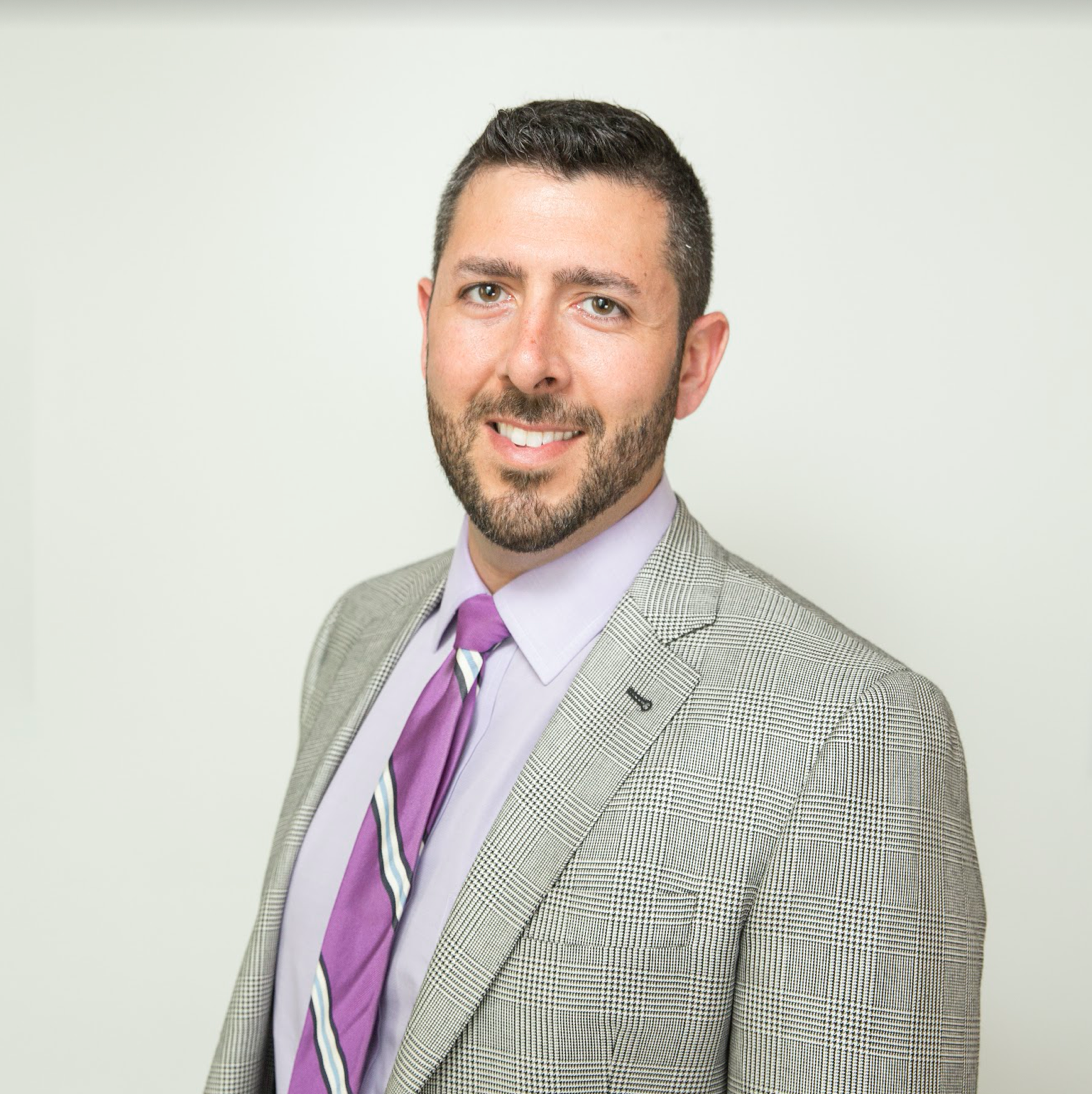What to Know as a Parent of an Addicted Teen
Expressing concerns about drug and alcohol use during adolescence is nothing new. However, the drug scene is much different than it was when so many of us were curious teens. New substances, including manmade designer drugs, as well as much stronger strains of even such seemingly benign substances as marijuana, have increased these concerns.
Fortunately, the response to the opioid crisis and removing the stigma of substance use disorders (SUDS) have made identifying problems and getting help for our kids easier than ever.
So, how big is the problem of substance use among young people, and where can families find help?
Drug and Alcohol Use Statistics for Adolescents
According to a report co-created through research from the American Academy of Pediatrics (AAP) and the Centers for Disease Control (CDC), alcohol, marijuana, and tobacco remain the most widely used substances among 12-to-18-year-olds. Two-thirds of the participants in the study reported using alcohol by 12th grade, half had tried marijuana, and four in 10 had smoked tobacco.
Although all these products are illegal for anyone under the age of 21 to buy or use, youths between the ages of 12 and 18 are responsible for 10% of the alcohol consumed in the United States each year.
The good news is that substance abuse has been declining among U.S. teens except for cannabis and vaping. The rise of anxiety, depression, and other mental health disorders leaves teens vulnerable to self-medicating, and prescription drug misuse and abuse are rising among teens as well as adults.
Risk Factors for Substance Use Disorder in Teens
Not all teens are going to experiment with drug or alcohol use, and not all those who do will develop an SUD because of it. As with many health or mental health issues, there are risk factors that make someone predisposed to develop a problem.
These include:
- Family history of AUD/SUD
- Positive parental attitude toward drug or alcohol use
- Poor parental guidance or relationships
- Parental substance use
- Peer pressure
- Familial rejection of sexual orientation or gender identity
- High-stress home environment, such as pressure to perform academically, socially, or athletically
- Undiagnosed or misdiagnosed mental health disorders
Signs That Your Child Is Using Drugs or Alcohol
One of the primary indicators of future SUDs is beginning to drink or take drugs at a young age. There are signs that parents can look for that indicate a problem.
Medical professionals and addiction specialists use diagnostic tools to screen for alcohol use disorder (AUD) and SUD in kids. Here are some signs that parents can look for:
- Red eyes
- Enlarged or pinpoint pupils
- Changes in appearance and hygiene, such as poor hygiene and sudden weight loss or gain
- Changes in habits, behavior, or peer groups
- Loss of interest in studies, family activities, or hobbies
- Aggressive behavior
- Slurred speech and/or lack of coordination
- Excessive sleeping
- Secretive behavior
- Mood swings (outside the norm for adolescent behavior)
- Problems at school or work
- Unreasonable requests for money without a good reason or discovering that cash or valuables are missing
- Legal trouble
The fifth edition of the Diagnostic and Statistical Manual of Mental Disorders (DSM-5) notes that if substance use causes significant problems in someone’s life, such as health issues, disability, and/or not meeting responsibilities at work, home, or school, they may have an SUD.
These facts should give you enough incentive to at least start a conversation if you haven’t already. One of the most important things parents can do is to keep the lines of communication open and increase their awareness of the nature of substance use disorder and its effects on adolescents. If you do discover that your child is struggling with SUD or AUD, the next step is finding help before teenage experimentation transitions into a lifelong struggle with addiction.
The Importance of Substance Use Disorder Treatment
Neuroscience has proven that the brain is still developing up to age 25. Due to changes in brain function through alcohol and drug use, it’s imperative that parents get professional help as soon as possible.
Whether that means a stay at a rehab center or outpatient treatment, detoxing with medical supervision will help with the pain and discomfort of withdrawal. It will also help your family get to the root cause of teen drug or alcohol use and help them learn to make healthier choices in the future.
Information About Drug and Alcohol Withdrawal
One of the contributing factors of continued drug/alcohol use and relapse is withdrawal. Its symptoms are both physical and emotional, and they can become so severe that your teen will begin using again just to make the pain stop.
Refusing to deal with the emotional or other factors that contributed to use will also often mean that abstinence from drugs and alcohol will be short-lived. Not getting help now may lead to further substance use issues in the future. It will also impact their physical and emotional well-being.
The long-term effects of drug or alcohol use include:
- Onset or worsening of mental health problems
- Health conditions like heart disease or respiratory problems
- Liver and kidney failure
- Seizures
- Brain damage or dysfunction
- Coma
What to Expect From Rehab for Teens
Due to the prevalence of co-occurring conditions among young people with substance or alcohol use disorders, drug or alcohol rehab is the surest way to address the root of the problem and ensure positive outcomes.
The thought of putting your teen in a rehab facility may frighten most parents, and that’s understandable. It isn’t quite the same as choosing rehab for yourself or intervening with another adult.
Once you’ve had an honest discussion, or at least positive proof of drug or alcohol use, the next step is to talk about treatment and consequences. In many states, parents of individuals under the age of 18 can place a child in a mental health facility even if they’re resistant to treatment. Courts can also order someone into rehab. While this can still be effective, treatment works best when it’s voluntary and everyone involved is on the same page.
Talking to Your Child About Treatment
Ideally, the conversation about drug and alcohol use is an ongoing one in your family. However, a teen in crisis needs to know that you aren’t judging them and that they will have all of your support during the rehabilitation process.
If your teen is resistant to entering rehab or in denial about the problem, several approaches might work. For example, you could use a relative or friend’s struggles with substance use as an example and warning. Interventions initiated by parents are another common way to help someone in the throes of a use disorder understand how their issues impact the people around them.
If the drug rehab is undertaken involuntarily, it’s important that your teen understands that treatment is a means of helping them, not a punishment. Getting the assistance of trained professionals before staging an intervention can help produce a positive outcome and minimize trauma in the process.
You should also have a rehab facility picked out ahead of time. Try to find one that specializes in working with teens who are struggling with substance or alcohol use disorders and offers individual and/or family counseling, treatment for co-occurring mental health conditions, and a good aftercare program.
The duration of treatment for drug or alcohol use disorder is typically a 30-90 day stay at a rehab center followed by outpatient treatment and ongoing aftercare support. Outpatient treatment offers a less intensive course of treatment than partial or full hospitalization. It usually consists of attending drug education and counseling sessions after the initial detox. Classes are held each day of the program, but they are shorter, and clients can return home at the end of the day.
Programs can run from 30 days to a year or more, depending on the needs and progress of the client. This is an option for those with milder substance use disorders who have stability and support in the home.
Inpatient sessions are generally more intensive, and participants are housed in a stable, home-like environment away from stress, pressure, and temptation. The following covers what you can expect from inpatient care.
First Phase of Treatment: Detox
The first order of business in recovery is to detox the body and brain from intoxicating substances and manage withdrawal symptoms.
Common symptoms can include:
- Drug cravings
- Tremors
- Nausea and vomiting
- Irritability and mood swings
- Sleep disturbances
- Anxiety
- Hallucinations
- Delusions
https://www.everydayhealth.com/addiction/experts-how-long-does-withdrawal-last.aspx
Detox and withdrawal can take days to weeks, depending on the substance(s) involved and the severity of the situation. Emotional symptoms can persist for up to a week after detox. During this time, the client will receive any medications necessary to stabilize their condition and reduce cravings.
Individual Counseling and Group Therapy
Once the body and mind are clear of drugs or alcohol and functioning better, individual counseling can begin. This involves exploring any issues that contributed to substance use, including undiagnosed/untreated mental health problems, family issues, and stress.
Approaches include treatment for co-morbidities and cognitive behavioral therapy. Your child will also learn how to identify triggers and cope with temptation using techniques like role-playing and modeling.
Group therapy provides peer-to-peer support. It offers opportunities to meet other teens who share their struggles and supports accountability for negative behaviors. Working with a group also lets your child know that they’re not alone and other people share their fears and hopes.
The Importance of Aftercare
Rehabilitation is sometimes a lifelong process. Upon successful completion of a rehab program, many teens enter the aftercare phase. This can be as informal as attending a 12-step program or as serious as medical maintenance for alcohol or opioid use. Remember that this is a transition period that can be stressful and awkward as you and your teen return to life after recovery.
The main goals of aftercare are relapse prevention and ongoing support as your teen transitions from a rehab facility into regular daily life. It also helps ensure continued access to mental health and healthcare services.
Relapse is a serious risk during recovery. Even with rehab, relapse rates of up to 60% are not uncommon. Bear in mind that relapse doesn’t mean failure.
Early intervention and treatment provide the foundations. Contingency management, as well as ongoing support from treatment specialists, friends, and family, are critical to long-term success. This is why getting professional help for as long as necessary during the recovery process is essential.
Where to Get Help
Getting professional help for AUD/SUD is the first step toward life-long sobriety. In the case of substance use among adolescents, you’re helping them gain skills and coping mechanisms that will serve them throughout their lives.
If you’re concerned about your teen’s substance use, help is as close as a phone call to a local rehabilitation center. Many have drug programs that deal with issues specific to teens. You can also talk to your child’s primary care physician or contact your community’s office for mental health services.


